TechRadar Verdict
Aside from its use of the clunky Android TV smart platform, there’s pretty much nothing about this 75-inch TV we don’t like. It fills its huge, cinematic screen with stunning pictures in both high and standard dynamic range modes, it looks stylish for such a massive TV, and at $4,499 it’s a genuine bargain.
Pros
- +
Good value
- +
Outstanding picture quality
- +
Quietly stylish design
- +
Dolby Vision HDR support
Cons
- -
Android TV’s a pain
- -
Rather reflective screen
- -
Limited effective viewing angle
- -
Occasional HDR ‘silhouetting’
Why you can trust TechRadar
We always look forward to Sony’s annual refresh of its X940 TV range. Well, we say range, but actually there’s only ever a single X940 model. What a model it is, though, invariably delivering a huge 75-inch screen powered by some of Sony’s most high-level picture technologies.
The latest X940, the XBR-75X940E, is potentially Sony’s most exciting yet. It still uses the same direct LED lighting with local dimming technology used to such great effect by its predecessors, whereby separate clusters of lights placed right behind the screen (rather than around its edges, as we more commonly see) can produce different levels of light to their neighbors. However, the XBR-75X940E greatly increases the number of individually controlled light zones, helping it to boost contrast while reducing ‘blooming’ (an LCD phenomenon where you can see halos of unwanted light pollution appear around stand-out bright objects).
The XBR-75X940E also benefits from Sony’s new X1 Extreme processing engine. As well as hopefully improving picture quality, this processor is powerful enough to support the advanced Dolby Vision format of High Dynamic Range via an imminent firmware update.
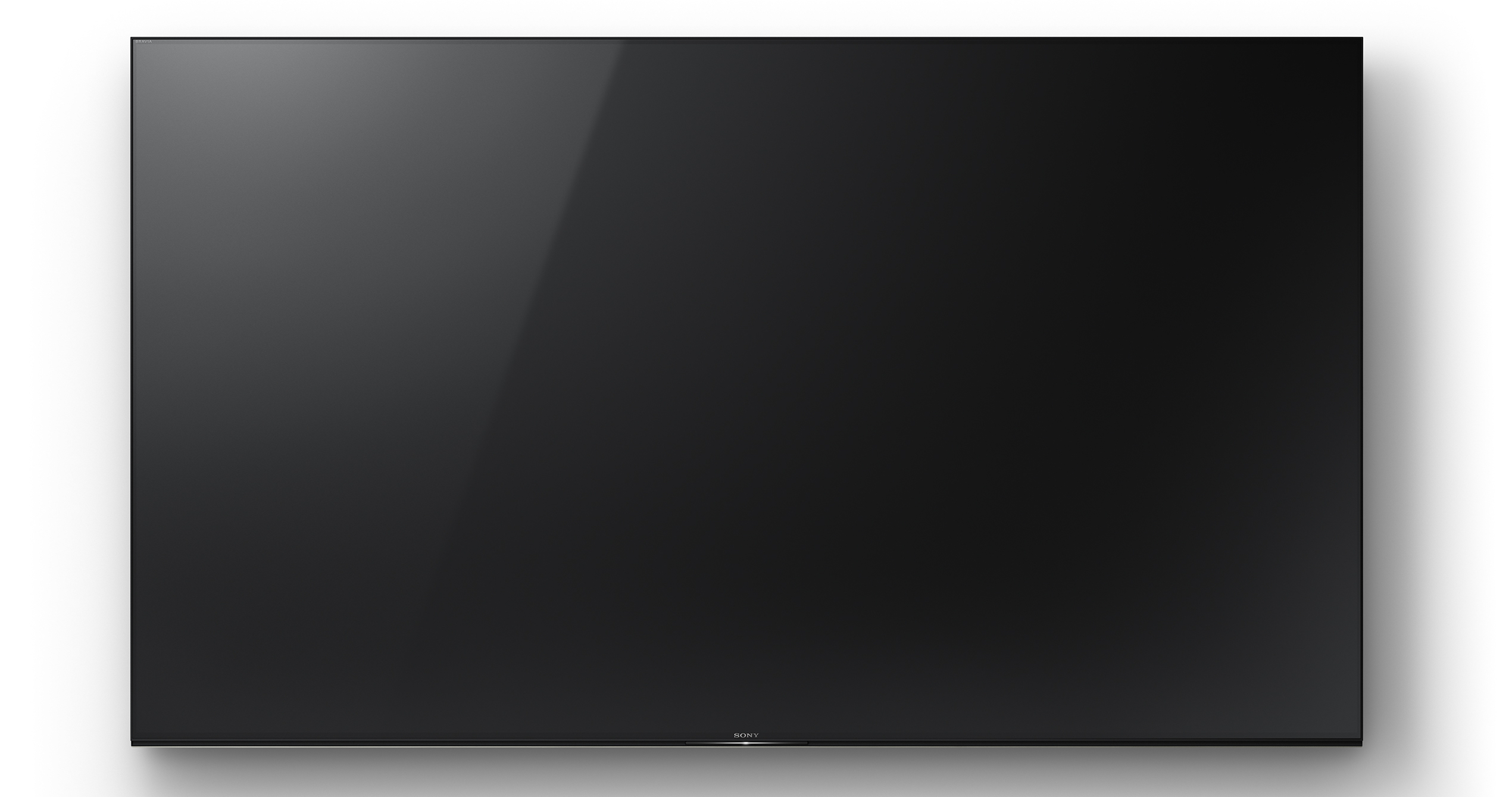
Design
Long gone are the days when Sony used to place its TV screens between huge, black, speaker-bearing ‘wings’. Now the brand is all about keeping visible bodywork to a bare minimum.
In fact, the 75X940E ’s black frame is so skinny and blends so well into the TV’s contrast-rich pictures that you often don’t feel aware of it at all. (And trust us, seeing 75 inches of pictures appearing as if from thin air is a trick that never grows old.)
Impressively, considering how little visible bodywork it sports, the 75X940E exhibits a robust and premium feel while you’re setting it up. It also manages a dash of style despite its ultra-minimalist approach by sandwiching its black fascia onto a silvery rear plate, giving its outer sides a fetching two-tone effect.
The 75X40E doesn’t go quite as far in its pursuit of a ‘screen only’ design as Sony’s A1E OLED TV, since it uses a fairly conventional desktop stand rather than leaning back on a photo frame-style leg. But this stand’s heavy duty brushed metal finish ensures it feels more like an enhancement than a detriment to the screen’s design. The stand also incorporates some nifty cable management provisions, meaning you don’t have to worry about spools of cable hanging out all over the place.
Sign up for breaking news, reviews, opinion, top tech deals, and more.
It’s worth noting, finally, that the desktop stand is mounted under the screen’s mid section, meaning you can potentially place this TV behemoth onto a relatively small piece of furniture.
Design TL;DR: While the 75X940E might not be the most glamorous TV in town, it’s about as subtly elegant as any 75-inch TV could be.
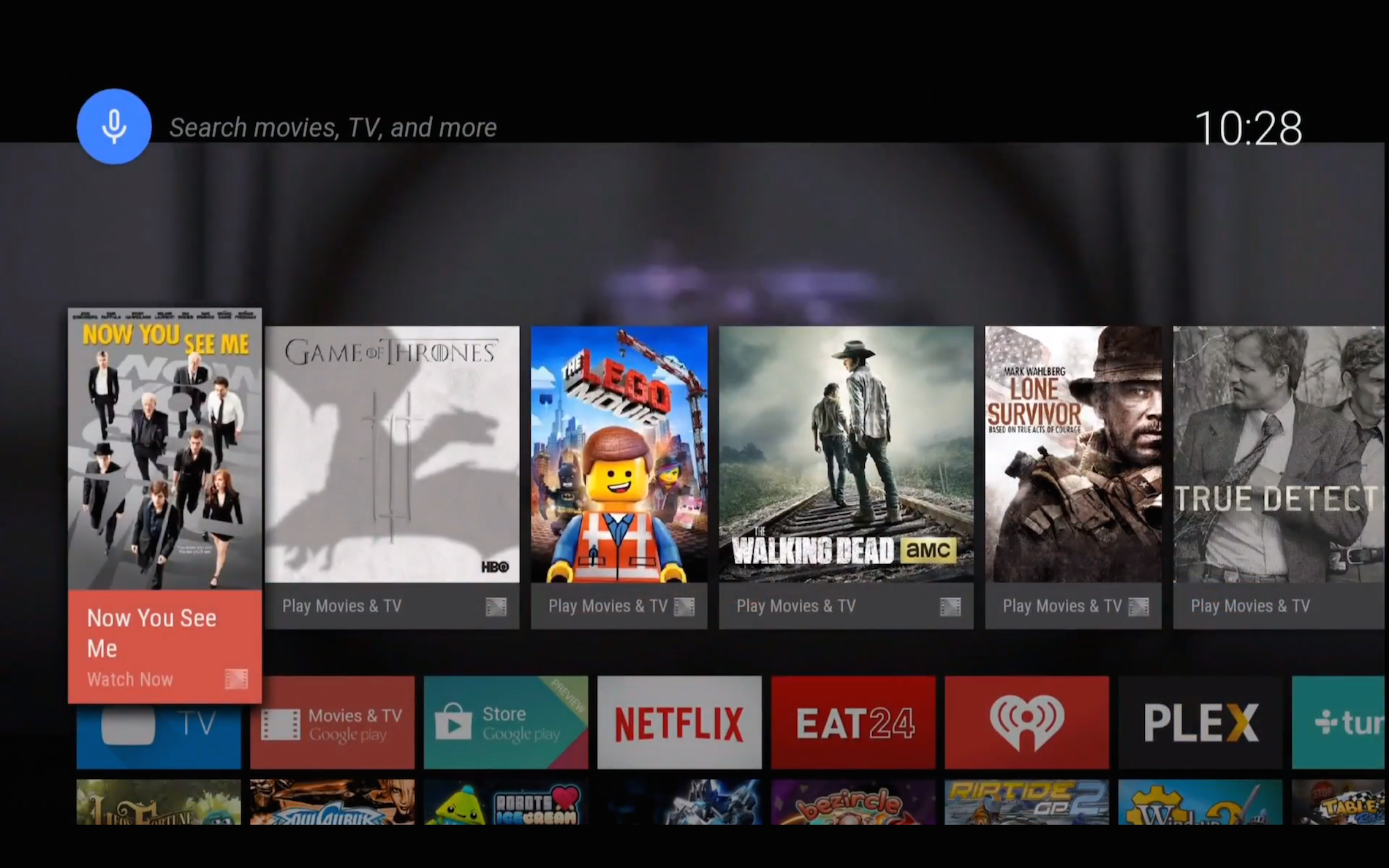
Smart TV (Android TV)
As with all of Sony’s recent mid-range and higher TVs, the 75X940E uses Google’s Android TV platform for most of its smart TV features. Which isn’t entirely a good thing…
As you might expect given the high profile it enjoys with developers, Android TV provides a huge array of apps for download to your TV. However, I’m pretty confident that most people will find the vast majority of these apps a complete waste of time in a TV (rather than smartphone) environment.
Fortunately, tucked away amid all the dross is some actually useful stuff, such as Netflix, Amazon and YouTube apps, all capable of streaming in 4K and HDR.
Despite years of updates and tweaks, though, we're still not fans of the Android interface. It’s cumbersome, short of customisation options, likes pushing content at you that more often than not you don’t want, painfully fond of often sizeable updates, and prone to bugs and crashes.
The silver lining here is that its interface doesn’t run as sluggishly as previous generations, and Sony recently added support for the Google Assistant voice control system to its 4K HDR Android TVs. This really is helpful, as it often gives you a way of sidestepping the unhelpful graphical interface.
Smart TV TL;DR: Android TV continues to frustrate more than please. Google Assistant now provides some relief from the heavy-duty menu systems though.
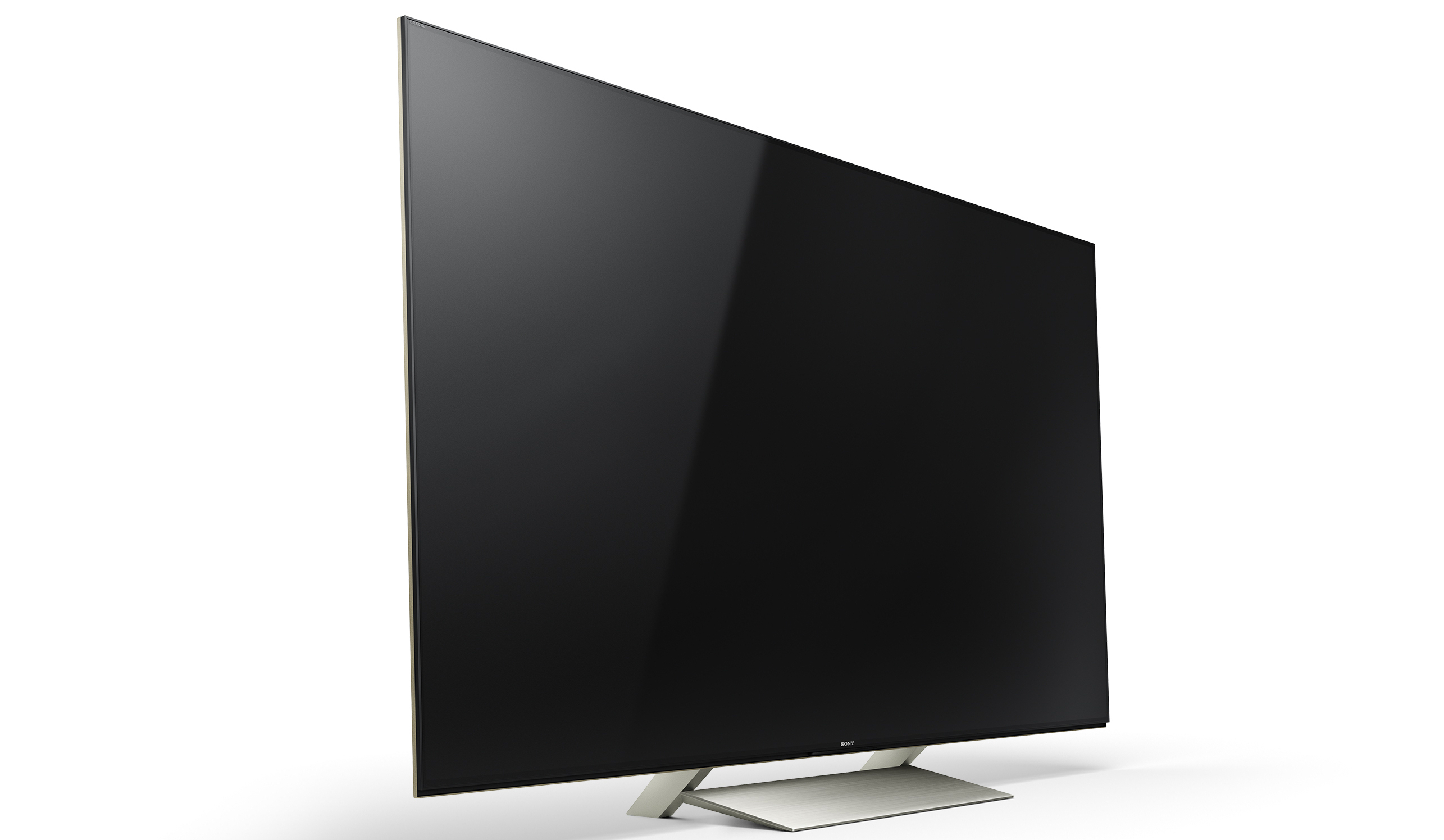
HD/SDR Performance
The 75X940E is nothing short of gorgeous with high definition and standard dynamic range content.
At the heart of its prowess is the 4K upscaling part of Sony’s new X1 Extreme processing engine. This uses a built-in dual database system to analyse, recognise and then more accurately and speedily figure out how best to add millions of extra pixels to HD sources without exaggerating any noise those sources may contain.
While the results of upscaling will never look as good as a true 4K source, the 75X940E’s upscaled pictures look as good as any I’ve seen. Which is particularly impressive given that we’re talking about a 75-inch screen, where there’s no hiding place for any upscaling flaws or glitches.
The X1 Extreme engine also provides the TV world’s best option for converting standard dynamic range images into HDR. The conversion system is more subtle than rivals when it comes to expanding SDR images’ brightness and color response, resulting in pseudo-HDR pictures that look much more consistently natural and balanced.
So good is the HDR up-conversion, in fact, that we’d imagine everyone but the most die-hard of AV purists feeling happy to use it.
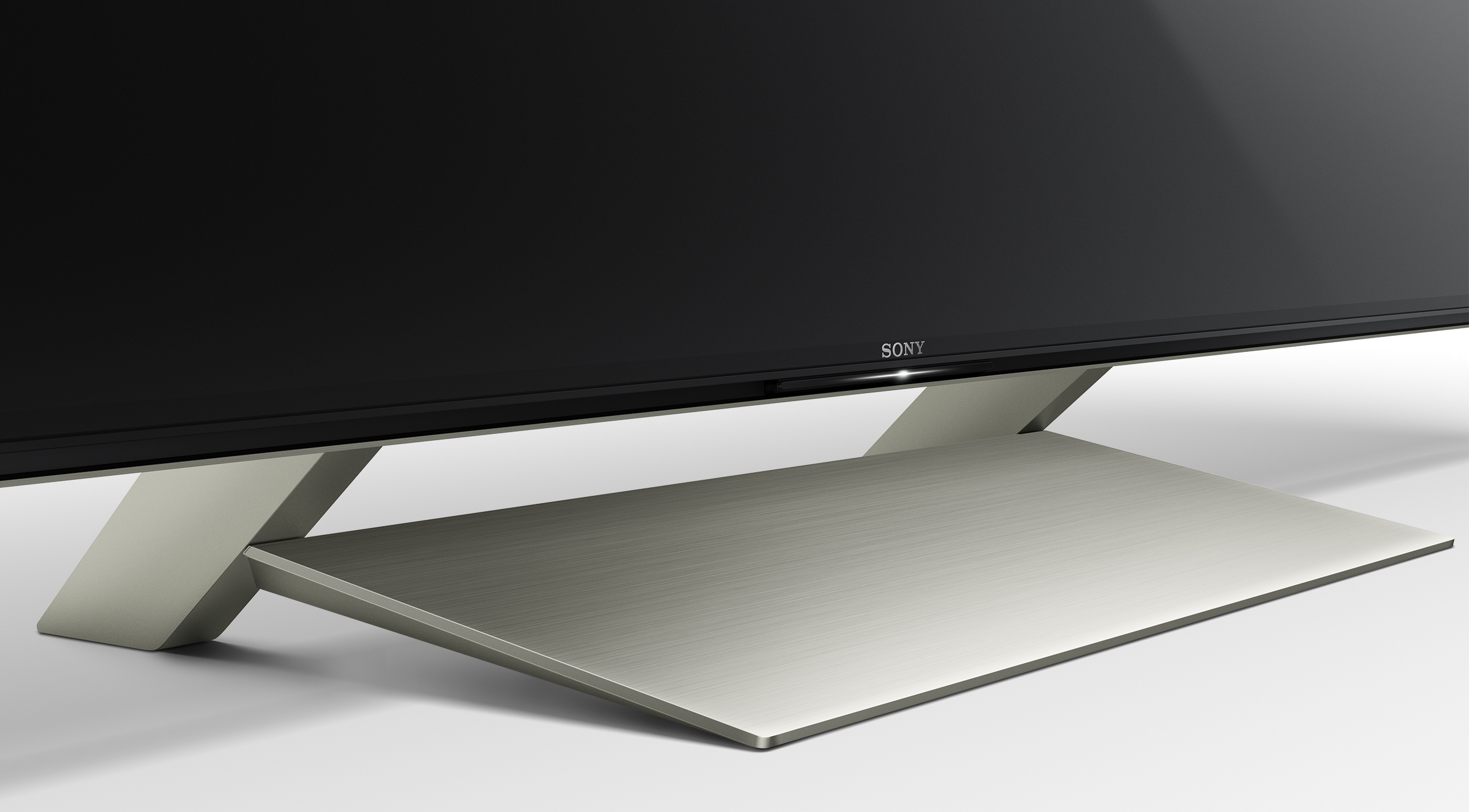
If you really do want to watch SDR content in its original SDR form, though, then fear not: the 75X940E’s native SDR pictures still look beautiful. Sony’s superb processing brings out seemingly as much color and contrast subtlety as it’s possible to get from an SDR source.
Its excellent resolution upscaling joins with class-leading motion handling, too, to ensure that standard definition SDR sources look beautifully detailed, crisp and clean, even when you’re watching action scenes or sporting events.
Finally, the 75X940E’s combination of a direct backlight system with more than 250 individually controlled dimming zones delivers the relatively narrow contrast range of SDR images pretty much immaculately, presenting impressively deep black levels without compromising shadow details or producing distracting backlight clouds or halos around bright objects.
HD/SDR performance TL;DR: Sony’s outstanding picture processing and backlight management ensure that HD SDR pictures look pretty much as good as they’re ever likely to look on a 75-inch 4K TV.
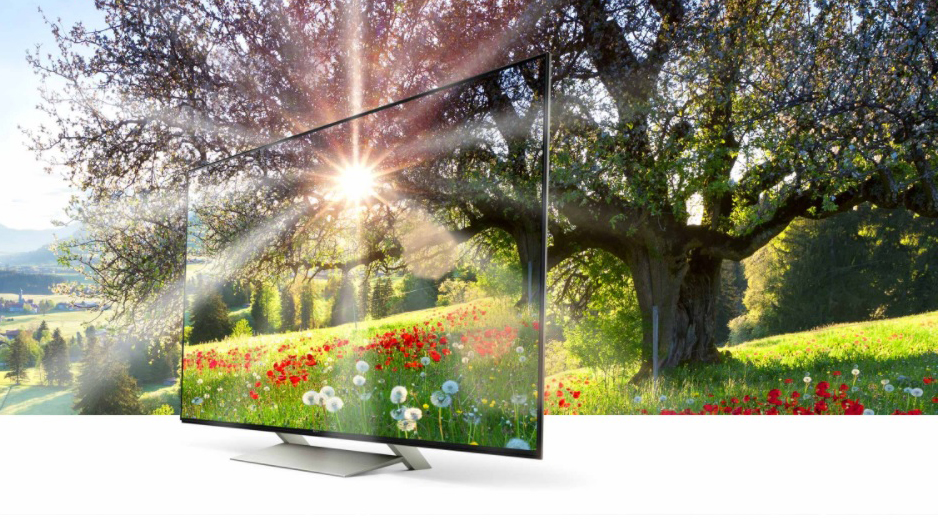
4K/HDR Performance
Great though the XBR-75X940E is with SD/SDR content, it really comes into its own with 4K HDR sources.
It does a stunning job of getting every last pixel of picture quality from 4K sources by combining its raw UHD pixel count with truly exceptional color, light and motion finesse.
Sony’s Triluminos processing is able to produce a vast array of color tones, and works with Sony’s excellent Super Bitmapping system to ensure that even the most subtle of color blends appears free of striping or blocking interference. Even when there might be a trace of such noise in an HDR source.
The combination of direct LED lighting, local dimming and Sony’s backlight management processing also does a mostly brilliant job of delivering HDR’s vastly expanded light range. Peak whites and colors look far more intense than they have on any previous X940 model, making it no surprise to find the 75X940E turning in a striking high measured brightness on a 10% white HDR window of 1240 nits. This represents an increase of almost 50% over 2016’s X940 model.
Even better, though, is the way the much more intense HDR brightness peaks are able to share the screen with deep black colors without generating very intense or defined light ‘blooming’ around them.
The ability of the X1 Extreme processor, meanwhile, to interpolate extra frames of picture on the fly without generating many unwanted side effects enables the 75X940E to retain pretty much all of its 4K clarity no matter how much motion the picture contains. Though actually, even without the processing in play its pictures look cleaner and less juddery than most.
The impressive amount of localized brightness and contrast in the 75X940E’s pictures make it a mostly brilliant HDR display. It gives a much wider sense of HDR’s light range than any of its X940 predecessors, and the extra brightness also unlocks much more of the expanded color volume you get with HDR sources. Especially those which are partnered with wide color gamut technology (which pretty much all of them are).
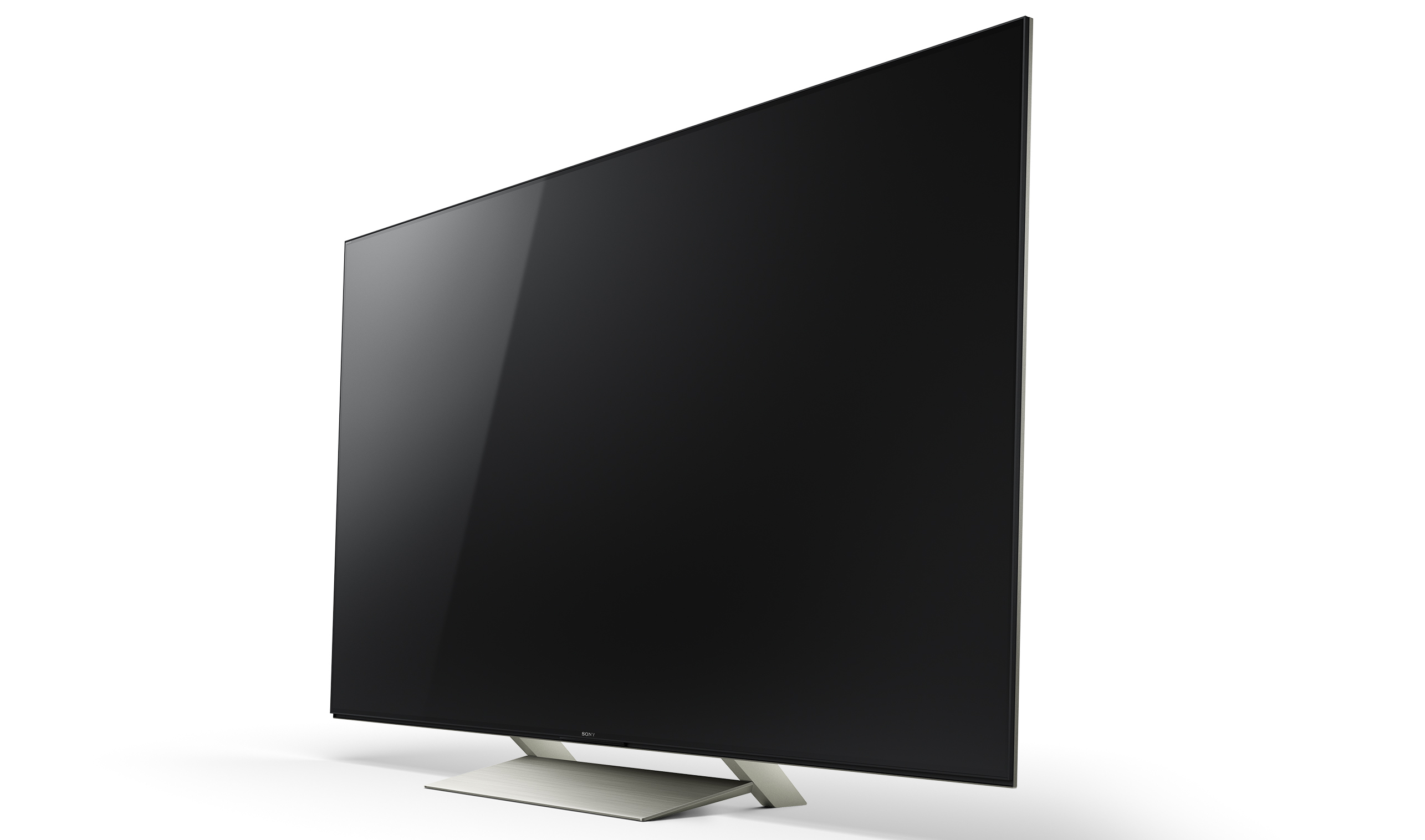
The extra brightness and X1 Extreme processor also work together to deliver impressive amounts of subtle detailing in the brightest parts of HDR images, avoiding the ‘clipped’ look many HDR TVs suffer with.
All in all, we'd say that the 75X940E delivers the most all-round impactful and immersive HDR picture we’ve seen from any LCD TV released this year.
That’s not to say it’s perfect. For instance, there is still a little backlight clouding around the very brightest HDR objects at times. You only notice this, though, if the picture around bright objects is very dark, and even when such clouds appear they’re generally limited enough in terms of both their intensity and the distance they travel not to count as much of a distraction at all. Especially given how much intense picture information there is to hold your attention elsewhere.
The ‘blooming’ effects do become much more noticeable, though, if you have to watch from an angle of more than 30 degrees or so.
One final issue finds dark objects that appear against a bright HDR backdrop sometimes looking a touch low on detail, so that they look more like silhouettes than detailed, integrated parts of the picture.
Unfortunately we could only test HDR10 content on the 75X940E, as its Dolby Vision HDR update hasn’t yet been released. Our suspicion based on its general HDR performance, though, is that once Dolby Vision arrives, with its layer of extra scene by scene information to help TVs render HDR pictures better, it will look very nice indeed on the 75X940E.
4K/HDR TL;DR: Despite the occasional shadowy dark area and a rather limited viewing angle, the 75X940E is truly a sight to behold with any 4K HDR source.
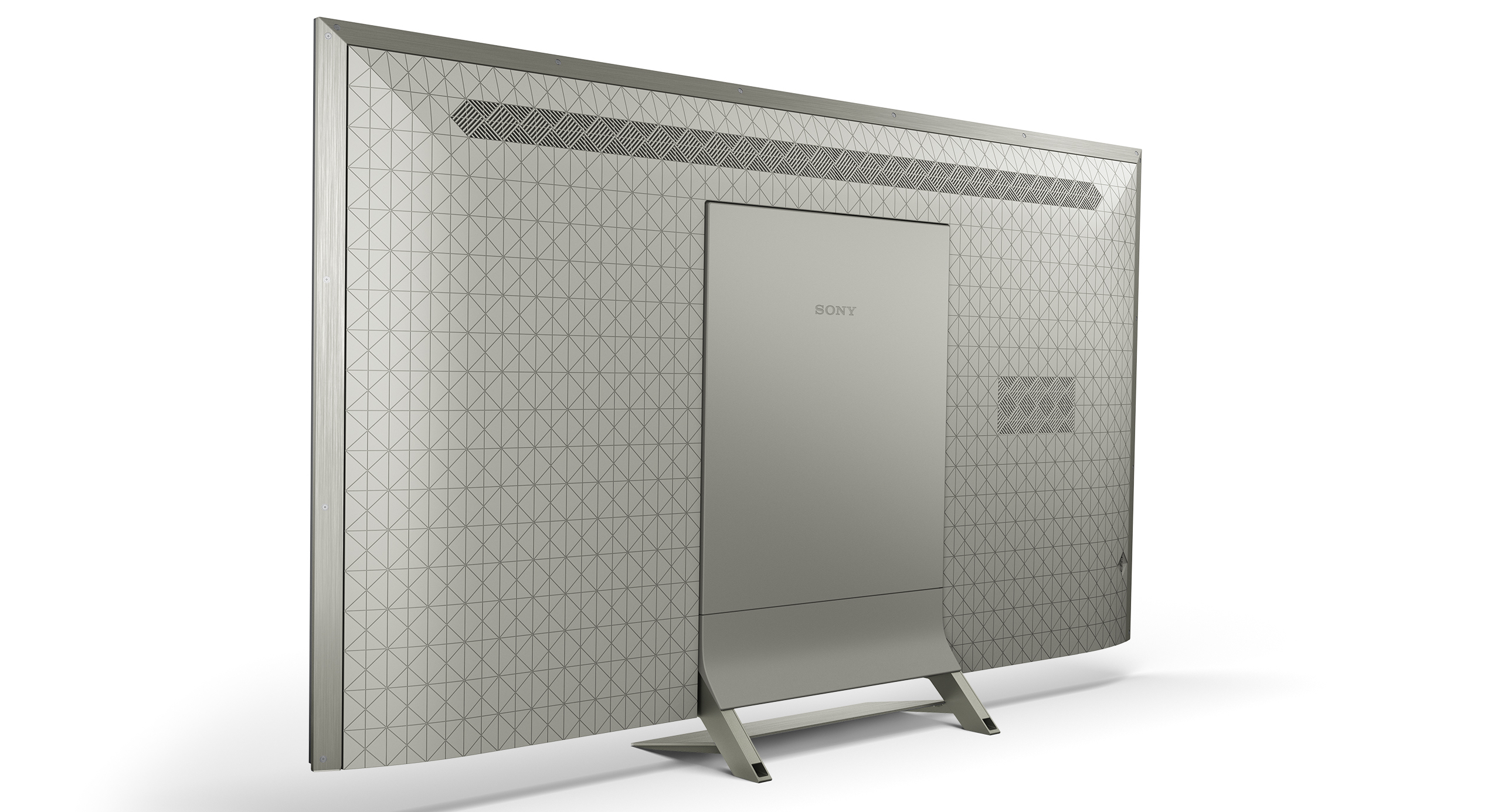
Sound quality
The 75X940E doesn’t feature any forward-facing speakers, and doesn’t have enough depth to provide much ‘air-shifting’ room for the speakers it does have. As a result its sound lacks a little directness and impact during big movie action scenes.
It’s far from disastrous, though: It’s powerful and loud enough to produce a soundstage that just about matches the epic scale of its images. Voices sound clear and well rounded. Details and effects still sound clean and clear despite the lack of raw, forward-facing attack. And the sound doesn’t become cramped, overloaded or ‘phutty’ when there’s a lot of bass to handle.
Sound quality TL;DR: Although it lacks a little aggression and directness, the 75X940E still delivers a large and immersive wall of sound that fits nicely with its epic pictures.
Other panels to ponder
Not surprisingly, rival 75-inch TVs are pretty thin on the ground. The Samsung equivalent would be the 75-inch Q7F QLED, with its extreme 1500 nits brightness and Samsung’s latest Quantum Dot technology. But it doesn’t use direct lighting with local dimming like the Sony, so again, while it gets brighter it can’t deliver the same sort of black level depth and uniformity. But, if you're looking for more of a bargain, the Q7F costs $1,000 less than the X940E.
Your other option would be to move down to a 65-inch TV. LG’s OLED65E7 delivers gorgeous contrast-rich OLED picture quality for around $3,499, as does Sony’s $3,500 65A1E OLED TV. Both these sets also boast strong sound quality - especially in the Sony’s case.
One last set to consider would be Sony’s own 75-inch 75Z9D. The Z9D models with their 600-plus dimming zones are the finest LCD TVs made to date - but the 75-inch model costs $6,900. The 65-inch Z9D is currently available for just $3,499, though, if you don't mind shaving around 10 inches from the screen.
Verdict
While this monstrous 75-inch size TV will likely be too much for many households to handle, the Sony 75X940E is hands down the best new LCD TV of the year. Its combination of outstanding contrast, gorgeously rich but also subtle colors and impeccable sharpness and motion handling works wonders with HDR and SDR alike. It’s surprisingly elegant for such a large TV, too.
Perhaps best of all, though, its sub-$4,500 price looks like something of a steal when you consider that you’re really buying a high quality home cinema display rather than a mere TV. It comes highly recommended with our seal of approval.

John has been writing about home entertainment technology for more than two decades - an especially impressive feat considering he still claims to only be 35 years old (yeah, right). In that time he’s reviewed hundreds if not thousands of TVs, projectors and speakers, and spent frankly far too long sitting by himself in a dark room.
